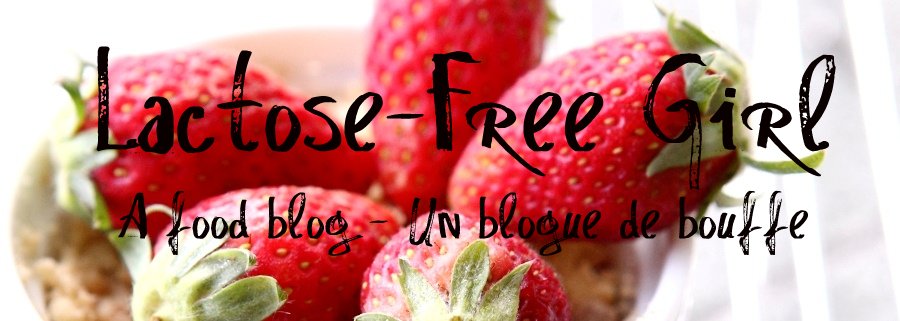- I knew that pink peppercorns weren’t true pepper, but are often considered that way (similarly, fresh corn is considered a vegetable even though it is a grain, and quinoa is considered a grain even though it is a seed). Here’s something I didn’t know: pink peppercorns are actually related to cashews and can cause a reaction in people with tree nut allergies. This is really important to know, as many labels lack that warning (!) and restaurant chefs may not be aware of it.
- While we’re talking spices: the FDA says that recent shipments of cumin, both ground and whole, have tested positive for undeclared peanut protein. I’m really glad they caught this!
- This post is mostly for parents of a child with food allergies: Don’t panic. Make a plan. And here’s a good example of an emergency care plan, in PDF form.
- Learn how to recognize the signs and symptoms of an allergic reaction (it’s a useful document because it goes further than the typical hives and swelling that we all associate with an anaphylactic reaction).
- Another one for parents: the truth about having children with food allergies. This made me realize that I need to be careful what snacks I bring to the playground, even if it’s just for my (thankfully non-allergic) child, because what if he had cross-contaminants on his hands and got them on the play equipment for an allergic child to touch?
- And 25 things only a food allergy parent would understand (I sympathize).
- We now have even more data on the fact that introducing allergens early actually reduces the risk of allergies later on in life. Alice Park wrote an article about it in a Time magazine earlier this month, which had data I knew already (“3 times more peanut allergies since 1997”) along with some I hadn’t seen before (actual numbers like an “86% lower allergy risk when infants ate peanuts” – this study was done on children who had eczema and egg allergies and whose immune system was already primed to react to antigens). It also explains that the body comes in contact with allergens in two different ways, either through skin contact or through ingestion. It would appear that a good balance of those two pathways helps reduce the risk of allergies, and that the body is more likely to perceive an allergen on the skin (like through a mother’s kiss) as a threat, while being more likely to accept an allergen through the gut on the first encounter. I couldn’t find the online version, but there’s a very similar article published a few weeks earlier that is much more detailed, and I think the print version is actually a summary of it. Here’s the online version.
- I’m not a complete downer, however. Did you know that there are promising desensitization therapies for peanut proteins being researched right now? One is a skin patch being developed by a French team, who might expand the treatment to other allergies if it is successful (it might be on the market in a few years). The other involves probiotics and has already had successful human trials in Australia (more details here).
- Also, chef Brooks Headley recently wrote an article in Bon Appétit on why people of his profession should embrace allergies and dietary restrictions. This was very refreshing to hear, and I wish more chefs would follow suit (I know it hasn’t always been my experience, but then again I rarely ask for accommodations and try to eat around my restriction, since it isn’t life-threatening). It also seems to have struck a chord with readers, as positive comments are still coming in.

1 comment:
Rob is sensitive to pink peppercorns! Good round-up!
Post a Comment